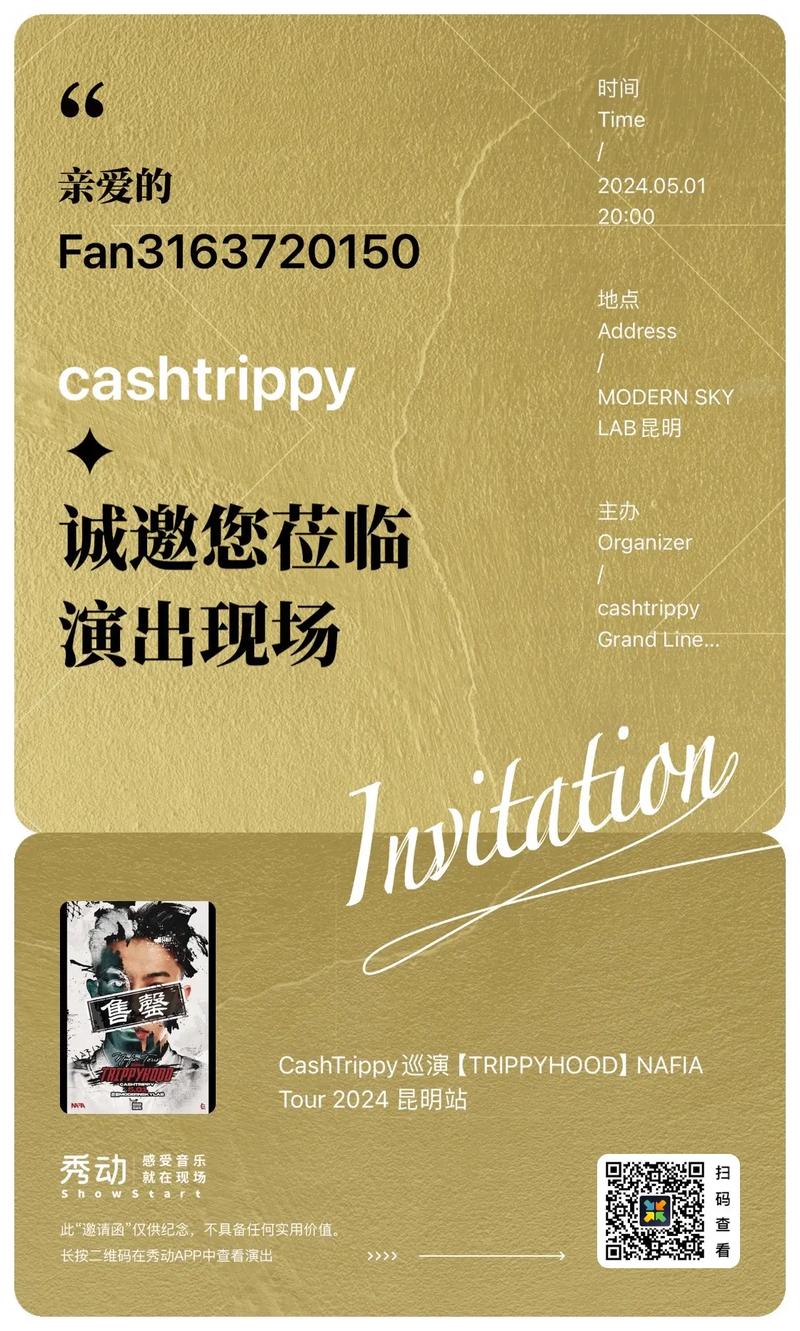
Understanding Robert Kiyosaki’s Cash Flow Concept
Robert Kiyosaki, the renowned entrepreneur and author, has made significant contributions to the field of personal finance through his teachings and writings. One of his most influential concepts is the understanding of cash flow. In this article, we delve into the details of Robert Kiyosaki’s cash flow concept, exploring its dimensions and applications.
What is Cash Flow?
Cash flow refers to the movement of money into and out of a business or individual’s finances. It is a critical indicator of financial health and is often used to assess the financial stability and profitability of a business or individual. Robert Kiyosaki emphasizes the importance of positive cash flow, which means that the inflow of cash is greater than the outflow.
Dimensions of Cash Flow
Robert Kiyosaki identifies three main dimensions of cash flow: personal cash flow, business cash flow, and investment cash flow.
Personal Cash Flow
Personal cash flow involves managing your personal finances, including your income, expenses, and savings. Kiyosaki suggests that individuals should focus on creating a budget, tracking their expenses, and building an emergency fund. He also emphasizes the importance of living below your means and investing in yourself through education and personal development.
Business Cash Flow

Business cash flow is the cash generated by a business’s operations. Kiyosaki believes that a business should be designed to generate positive cash flow, which can be used to reinvest in the business, pay off debts, or provide a steady income. He encourages entrepreneurs to focus on creating a business model that is scalable and can generate consistent cash flow over time.
Investment Cash Flow
Investment cash flow refers to the cash generated from investments, such as real estate, stocks, and bonds. Kiyosaki is a strong advocate for investing in assets that produce cash flow, as opposed to liabilities that consume cash. He believes that investing in income-generating assets is the key to building wealth and achieving financial independence.
Tools for Managing Cash Flow
Robert Kiyosaki provides several tools and techniques for managing cash flow effectively. Here are some of the key tools he suggests:
- Budgeting: Creating a budget helps you track your income and expenses, ensuring that you live within your means and save for the future.
- Net Worth Statement: This statement provides a snapshot of your financial health by listing your assets and liabilities. It helps you understand your net worth and identify areas for improvement.
- Income Statement: This statement shows your business’s revenue and expenses, allowing you to assess its profitability and cash flow.
- Cash Flow Statement: This statement tracks the cash inflow and outflow of your business, helping you understand its financial health and make informed decisions.
Case Study: The Cash Flow Quadrant
One of Robert Kiyosaki’s most famous teachings is the Cash Flow Quadrant, which categorizes individuals into four quadrants based on their primary source of income: Employee, Self-Employed, Business Owner, and Investor.
| Quadrant | Description | Income Source |
|---|---|---|
| Employee | Individuals who work for others and receive a salary or wage. | Salary or wage |
| Self-Employed | Individuals who own their own businesses and work for themselves. | Business income |
| Business Owner | Individuals who own and operate businesses with employees. | Business income |
| Investor | Individuals who invest in assets that generate income. | Investment income |
According to Kiyosaki, the ideal goal is to move from the Employee and Self-Employed quadrants to the Business Owner and Investor quadrants, as these quadrants offer greater financial security and the potential for wealth accumulation.

